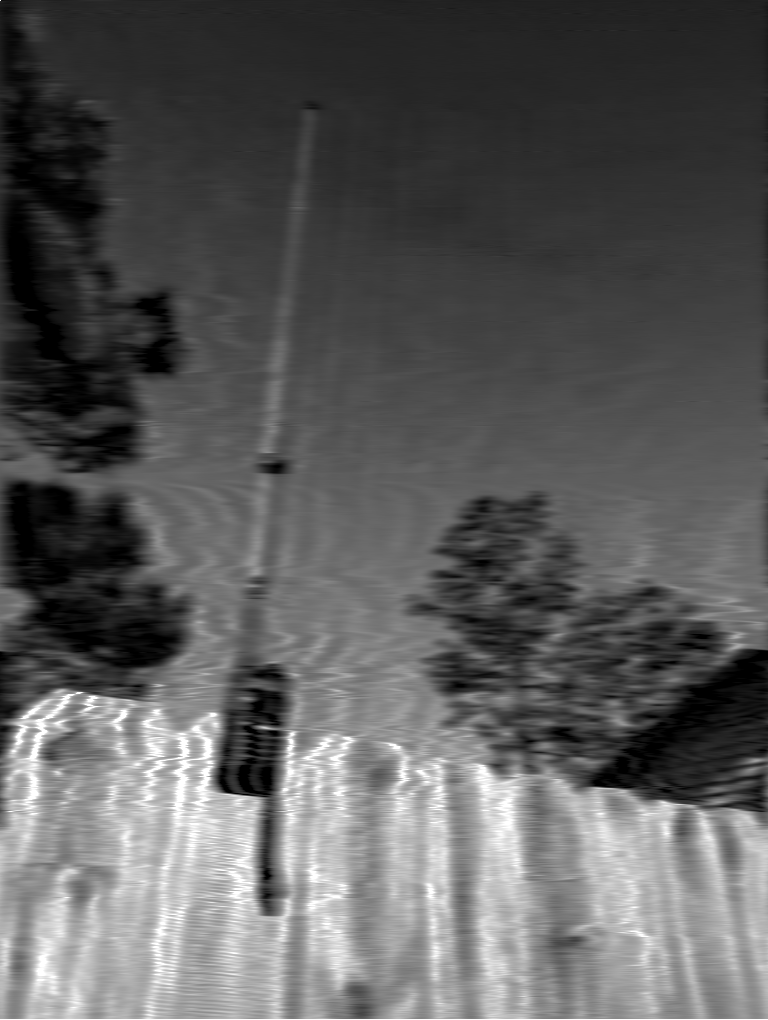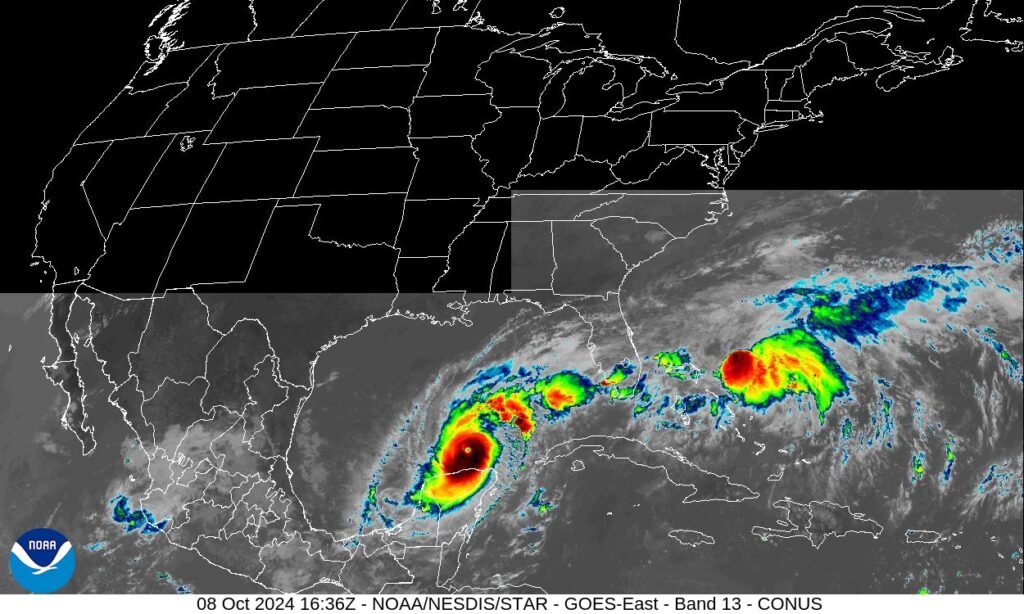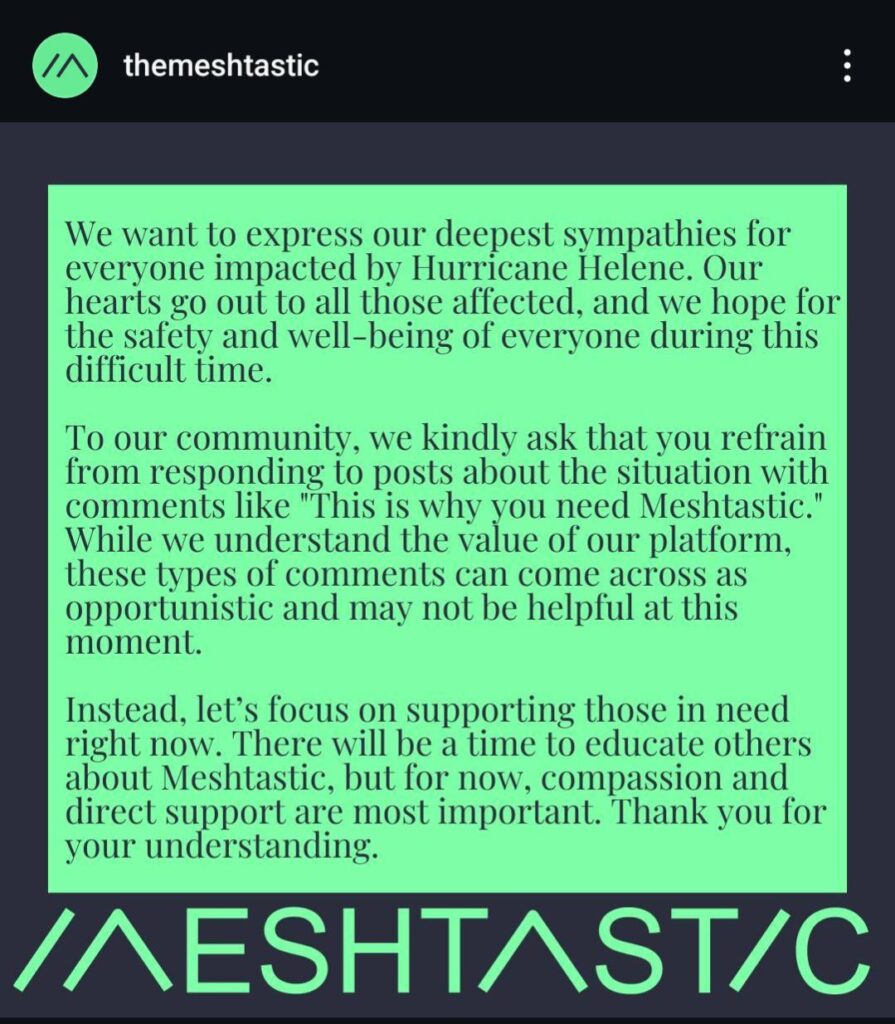This is an update of some of our activities for the month of April, 2025.
- May Day
- Individual reports,
- AT&T to shut down email-SMS gateway
- The National Weather Service is being destroyed. How do we build a new one in the shell of the old?
First off, we hope you all had a lovely May Day full of rage in the streets or relaxation in the sheets, or whatever you wanted out of it! It was inspiring to see so many working people actively celebrating the holiday this week.
Moving on…
One of our European comrades has built and end-fed halfwave antenna from scratch, and has been getting a hang of the idiosyncrasies involved in that, combined with amplifiers and tuners. A few weeks ago he made a contact in Kuwait!
One comrade in the Midwest built a solar Meshtastic node. Still battling moisture ingress, but so far the device still works.
AT&T is shutting down their SMS gateway on June 17th, and other cell service providers are likely to follow. While it’s pretty rare to find an area of North America with Internet access but without cell service, it has found utility in areas struck by climate disasters – specifically by hams, but probably by others as well, even in times of calm. Luckily, an alternative has already been implemented. The down side is that users have to opt-in to this system.

The Trump administration’s mass layoffs have left large swaths of the so-called United States with a dearth of meteorologists ahead of hurricane season. Last month the state of Arkansas asked for FEMA assistance after a rash of tornadoes damaged hundreds of homes, and Trump said ‘no’.
So even the kind of “help” the federal government provides – which can sometimes be better or worse than nothing, depending on who you ask – may not be available.
Even if you are not in one of the highlighted areas of this map, this is not good news for you. This represents potential degradation of weather prediction models for areas outside the areas where meteorologists are still in an organized state, as scientists must attempt to pick up the slack. In other words, this is bad for everyone.
Here is a really great video that highlights how complex the global system is for predicting weather. Now imagine if an area the size of the United States, which is basically an entire continent in itself, suddenly produces subpar data or no data at all in some cases.
This is not to say that other prediction models would become completely inaccurate, but considering the fact that many of these models use NOAA data to inform their results it seems likely.
Make no mistake, this is an attempted mass murder of poor people – a class war crime. But the upshot is that this leaves ordinary people to take care of each other, and to help each other to survive and thrive in spite of an authoritarian regime which would gladly see us dead.
Just so we’re not all left with a useless sense of dread after reading that, here’s a list of ideas for things you can do:
- Water: Get several good water filters. Sawyer water filters are great, and still about $20. Don’t just get one for you, get some for your neighbors as well.
- Transportation: Try to keep your gas tank at least half full, and prepare it to take on passengers. Tune up your bicycle and get back on it if it’s been a while. See if there’s a volunteer bicycle co-op near you that will help you fix up an old bike, or sell you a refurbished bike at a modest cost.
- Of course, get some radios and practice using them with your friends and loved ones. Strictly in terms of localized disasters, local communications during times of disaster and recovery will probably be more useful than long-range HF communications. FRS and GMRS radios will likely be the most accessible to the average person, although an unlocked ham radio with FRS, GMRS, and other channels programmed in will give you some flexibility in a pinch.
- Consider setting up a weather sensor at your home and recording the data it collects. Contribute that data to the wider world using automated systems. We’re not being specific here because there’s a wide range of devices and ways to do this.
- Weather satellites
will likelymay be in orbit and continue transmitting images and data to the surface for quite a while, even if the NWS disappeared tomorrow. However, as the older LEO satellites are retired, they may be used for experiments that could not otherwise be performed while performing their critical functions. Other countries also have weather satellites in both LEO and GEO. You can learn how to receive and decode these data with a cheap SDR or other receiver. - Take a Skywarn storm spotter training while you still can. Storm spotters observe severe weather conditions and report their findings to the NWS, often over ham radio. They help provide information about storms, which aids in issuing warnings to protect lives. Seeing as how the NWS may soon be unable to perform these critical functions, it behooves us to gain whatever skills and training we can – even though, quite frankly, building an alternative to these systems with some punks on a shoestring budget is…well, let’s not end this on a low note, shall we? Which brings us to the final suggestion, which we admittedly not really taken as of yet:
- Reach out to meteorologists – including current and former NWS employees – and see what they need. Ask for their help, even. Try to see how you can engage with each other in a spirit of mutual aid to see what you can accomplish.
P.S. Blackblogs.org has announced that they are shutting down in a couple months. So, we have migrated all past posts to anarchistrrl.noblogs.org instead. We will do the same with this and future posts until this server is shut down and we must complete the migration to Noblogs.org. We appreciate Blackblogs team’s years of service! Sad to see it go, but good on them for recognizing burnout.
73 ..



